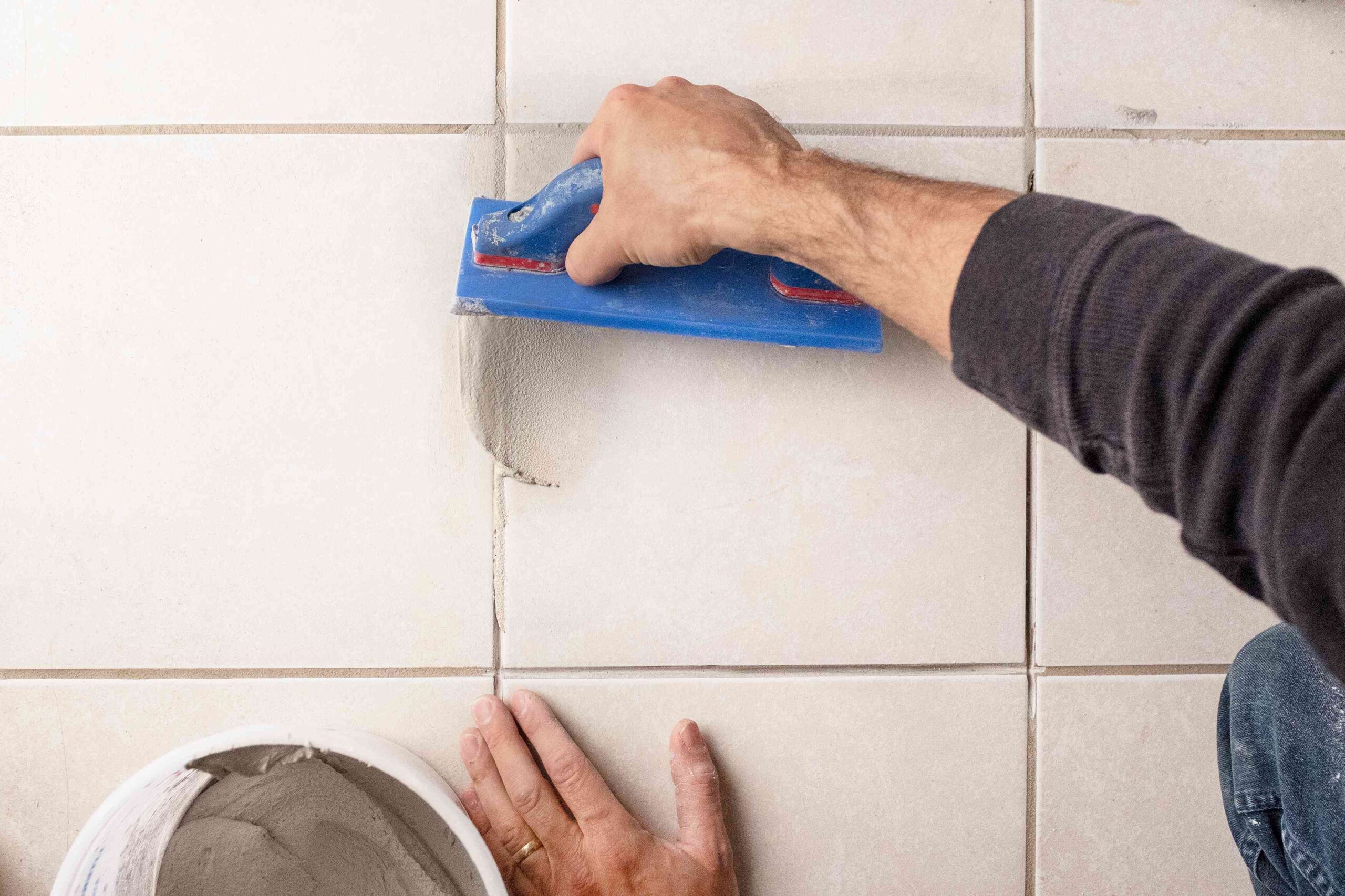When it comes to choosing the best grout for your kitchen, you might not be aware of the different types available and how they can impact the overall look and durability of your kitchen surfaces. The right grout can make a significant difference in the maintenance and aesthetics of your kitchen, whether it’s for the backsplash or the floor.
Understanding the various factors that influence the choice of grout is crucial in making an informed decision that suits your specific needs and style preferences. So, let’s explore the world of kitchen grout options and discover which one might be the best fit for your culinary space.
Types of Grout for Kitchen
- When choosing the best grout for your kitchen, consider the different types available to ensure durability and style that suits your needs. Grout color options play a crucial role in the overall look of your kitchen. Opt for a color that complements your tiles and enhances the aesthetic appeal of the space. Light-colored grouts are popular for creating a clean and timeless look, while darker grouts can add a dramatic effect or hide stains better.
- Grout sealing techniques are essential to prolong the lifespan of your grout and keep it looking fresh. Sealing your grout helps protect it from stains, water damage, and mold growth. There are different types of sealants available, such as penetrating sealers and membrane-forming sealers.
- Penetrating sealers are absorbed into the grout, providing protection without changing its appearance, while membrane-forming sealers create a protective layer on the surface. Consider the maintenance requirements and longevity of the sealant when choosing the best option for your kitchen.

Factors to Consider When Choosing Grout
- Consider various factors when selecting the ideal grout for your kitchen, such as tile size, kitchen usage, and maintenance preferences. When choosing a grout color, opt for a shade that complements your tiles and keep in mind that lighter colors may require more upkeep. Durability is crucial in high-traffic areas, so choose a grout that can withstand wear and tear over time.
- Factor in the installation cost as some types of grout may be more expensive to install. Additionally, consider the sealing requirements of the grout you choose; some varieties are more resistant to stains and moisture but may need regular resealing. By carefully evaluating these factors, you can select a grout that not only looks great but also meets the practical needs of your kitchen.
Best Grout for Kitchen Backsplash
- Selecting the best grout for your kitchen backsplash involves considering factors such as color coordination, durability, and maintenance requirements. When it comes to kitchen backsplash grout, color options play a significant role in the overall aesthetics of your space. Opt for a grout color that complements your tiles while also being resistant to stains and discoloration over time. Application techniques are crucial for achieving a professional finish. Ensure that the grout is applied evenly and cleaned off the tiles promptly to prevent any residue buildup.
- Durability is key when selecting grout for your kitchen backsplash. Epoxy grout is known for its durability and resistance to stains, making it a popular choice for high-traffic areas like the kitchen. While epoxy grout may come at a higher cost compared to traditional cement-based grout, its longevity and low maintenance requirements make it a worthwhile investment in the long run. Consider the cost comparison between different grout types and choose the option that best fits your budget and durability needs.
Top Grout Options for Kitchen Floor
- To ensure a cohesive and durable kitchen design, your choice of grout for the kitchen floor should seamlessly blend with the backsplash grout while meeting the demands of high-traffic areas. When selecting grout for your kitchen floor, consider grout color options that complement your tiles and overall kitchen aesthetic. Opt for colors that hide dirt and stains to maintain a clean look with minimal upkeep. Neutral shades like gray, beige, or light brown are popular choices for kitchen floors as they offer versatility and camouflage imperfections well.
- Additionally, investing in a grout sealer brings several benefits to your kitchen floor. A high-quality grout sealer helps protect the grout from moisture, dirt, and stains, prolonging its lifespan and maintaining its appearance. Sealing the grout also makes cleaning easier by preventing liquids and spills from penetrating the grout lines. Regularly applying a grout sealer will extend the life of your kitchen floor and keep it looking fresh for years to come.
Maintenance Tips for Kitchen Grout
- For optimal upkeep of your kitchen grout, implementing a consistent sealing schedule is essential to preserve its integrity and appearance. Sealing your grout every 6 months helps to protect it from stains, water damage, and mold growth.
- To maintain the cleanliness of your grout, use a mixture of equal parts vinegar and water for regular cleaning. This natural solution effectively removes dirt and grime without damaging the grout. For tougher stains, a paste of baking soda and water can be applied and scrubbed gently with a soft brush.
- Prevention methods are also crucial in extending the lifespan of your grout. Avoid using harsh chemical cleaners that can deteriorate the grout over time. Additionally, promptly wipe up spills and avoid leaving standing water on the grout lines.
Conclusion
Overall, when choosing the best grout for your kitchen, it’s important to consider factors such as durability, color options, and ease of maintenance. For kitchen backsplashes, epoxy grout is a popular choice due to its stain-resistant properties. For kitchen floors, sanded grout is a reliable option that can withstand heavy foot traffic. Remember to regularly clean and seal your grout to keep your kitchen looking fresh and well-maintained.